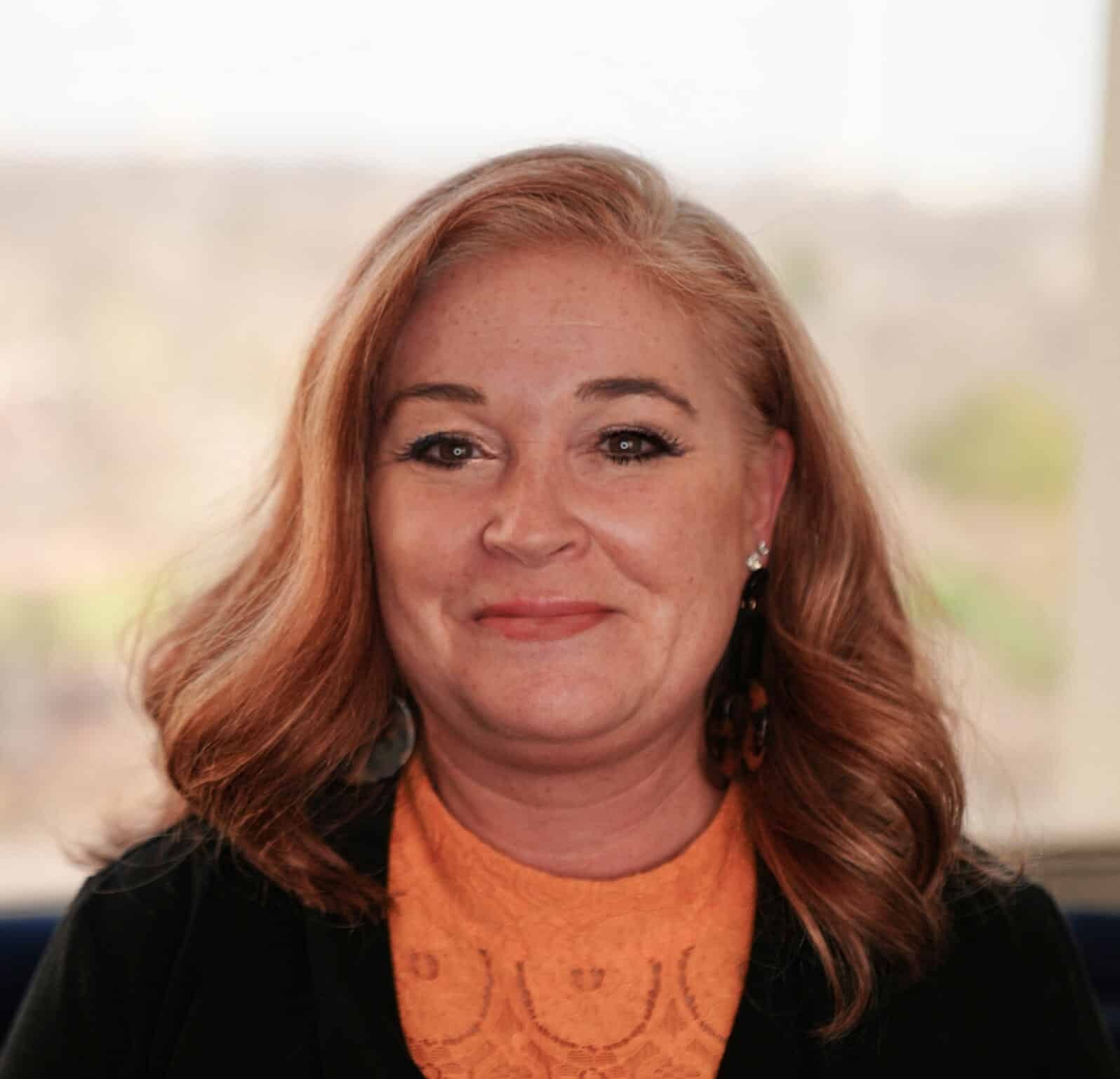The “Soft Side” of Generational Transitions for Family-Owned Businesses

One of the most challenging and complex processes family businesses face is the generational transition when leadership and ownership are passed from one generation to the next. Yet, few manage it appropriately.
Both the “Hard Side” (financial, legal, estate, and tax aspects of transition) and the “Soft Side” (human and emotional aspects) need to be addressed. Most organizations focus almost exclusively on the Hard Side, but ignoring the Soft Side is at the root of the demise of many family businesses. A team of professional advisers with knowledge and experience on both the Hard and Soft Sides can help ensure a successful generational transition.
Transitions should follow a staggered two-track process to ensure the successor(s) can lead and manage the business. The 5 key steps in transitioning leadership are outlined below. Note: Many families end the transition process prematurely after Step 3.
- Identify and Develop a Successor. Use a professional assessment firm to administer data-driven assessments to identify the strengths and development areas of the next generation.
- Strengthen Governance Systems. Establish formal family meetings to provide a venue for sharing information, making plans, and resolving issues. These matters should not be addressed inside the business. Within the business, a Board of Directors with outside directors is a great resource to support the transition process. The Board helps the outgoing and incoming CEO and assures family members about accountability for the new CEO.
- CEO Transition. Leadership transition is most effective if designed as passing many small batons (rather than one large one). The sequence of the batons passed should be a function of the strengths and developmental needs of the successor.
- Unify Next Generation. It is paramount to unify the next generation around such issues as commitment to the business, endorsement of the new leader, the direction of the business, distribution vs. reinvestment of capital, and policies regarding family members. Unity is essential to prevent triggering buy/sell agreements and to keep the family out of court.
- Executive Team and Culture. The former CEO’s team now becomes the new CEO’s team and the culture will now be primarily driven by the new CEO’s direction and leadership style.
Only after all 5 steps have been addressed should ownership and voting control be transferred.
CMA has assisted family businesses make successful transitions for more than 45 years. For this and any other “Soft Side” issues, please contact us.
Join us for the 15th annual Family Business Speaker Series on April 23 at the Ritz Carlton. Click here to register for this free event.
By Jami Wolfe, PhD, SPHR, Kaitlyn Erb, PhD, & Lee Smithson Burd, PhD


